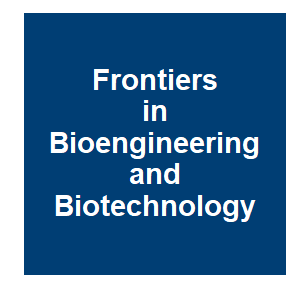Introgression of the Aedes aegypti red-eye genetic sexing strains into different genomic backgrounds for sterile insect technique applications

|
A. A. Augustinos , K. Nikolouli , L. D. De La Fuente , M. Misbah-Ul-Haq, D. O. Carvalho and K. Bourtzis,
Frontiers in Bioengineering and Biotechnology,
2022.

Aedes aegypti is an invasive mosquito species and major vector of human arboviruses. A wide variety of control methods have been employed to combat mosquito populations. One of them is the sterile insect technique (SIT) that has recently attracted considerable research efforts due to its proven record of success and the absence of harmful environmental footprints. The efficiency and cost-effectiveness of SIT is significantly enhanced by male-only releases. For mosquito SIT, male-only releases are ideally needed since females bite, blood-feed, and transmit the pathogens. Ae. aegypti genetic sexing strains (GSS) have recently become available and are based on eye color mutations that were chosen as selectable markers. These genetic sexing strains were developed through classical genetics and it was shown to be subjected to genetic recombination, a phenomenon that is not suppressed in males as is the case in many Diptera. The genetic stability of these GSS was strengthened by the induction and isolation of radiation-induced inversions. In this study, we used the red eye mutation and the inversion Inv35 line of the Ae. aegypti red-eye GSS s and introgressed them in six different genomic backgrounds to develop GSS with the respective local genomic backgrounds. Our goal was to assess whether the recombination frequencies in the strains with and without the inversion are affected by the different genomic backgrounds. In all cases the recombination events were suppressed in all Inv35 GSS strains, thus indicating that the genomic background does not negatively affect the inversion result. The absence of any effect that could be ascribed to genetic differences, enables the introgression of the key elements of the GSS into the local genomic background prior to release to the target areas. Maintaining the local background increases the chances for successful matings between released males and wild females and addresses potential regulatory concerns regarding biosafety and biosecurity. More related to this: Genetic sexing strains for the population suppression of the mosquito vector Aedes aegypti
Selected lines of Aedes aegypti with persistently distorted sex ratios
Mechanisms of sex determination and transmission ratio distortion in Aedes aegypti
Cytogenetic analysis of meiotic drive in mosquito, Aedes aegypti
|



